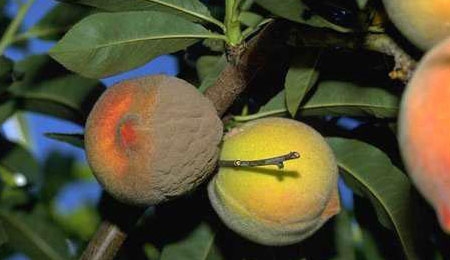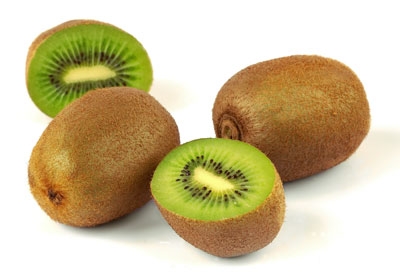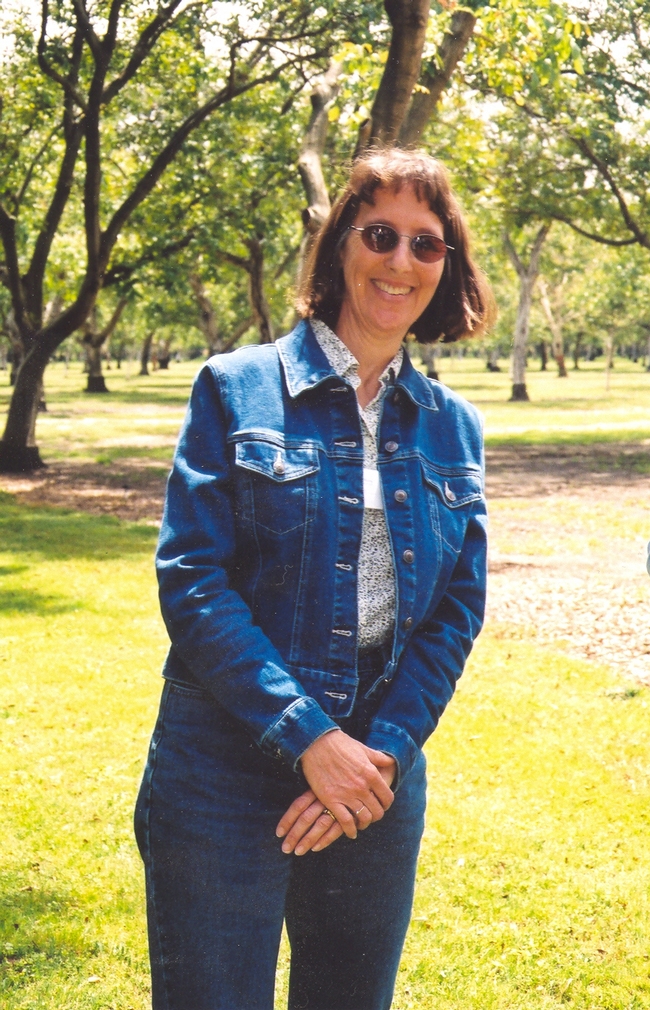Posts Tagged: Janine Hasey
Kiwifruit industry is making a comeback in California
Kiwifruit, the 67th most-valuable crop in California, had its heyday in the 70s and 80s, before production slowed somewhat, reported Reed Fujii in the Stockton Record. However, UC Cooperative Extension advisor Janine Hasey, says it appears to be growing in popularity once again.
All of U.S. kiwifruit is grown in California. Hasey told the reporter that most kiwifruit come from Sutter, Yuba and Butte counties, as well as the southern San Joaquin Valley. Strong market demand and prices have prompted at least one major grower to expand.
"They actually plan to plant 800 acres in Yuba County, which is a huge increase," Hasey said.
Kiwis are native to China, but are commonly associated with New Zealand. Called the Chinese gooseberry, they were renamed "kiwifruit" - after flightless birds native to New Zealand - for the export market in the 1950s. Kiwifruit vines are frost sensitive and require plenty of heat in the summer. Of the 27 most commonly eaten fruits, kiwis are the fourth most nutrient dense, following papayas, mangos and oranges, according to the Network for a Healthy California's Harvest of the Month.
Hasey said consumers are drawn to the fruit's sweet-tart taste and nutritional value.
“They're really packed with potassium and vitamins and antioxidants, and a lot of people like them,” she said.
Thirty-year farm advisor gets her day in the sun
Hasey, a plant pathologist by training, conducts research and works with farmers on a wide variety of crops, plant systems and cultural methods in Sutter and Yuba counties. She called the results of the walnut pruning research "a real paradigm shift."
Hasey and Bruce Lampinen, UC Cooperative Extension specialist in the Department of Plant Sciences at UC Davis, learned that trees that have been trimmed sparingly or not at all produced a bigger yield than trees that were pruned more aggressively.
"We've had several growers adopt it," Hasey said. "We always caution growers that whenever we have something new, to do it on smaller acreages first to see how it works. But there are several growers who are adopting it now because it's working so well. We do have fairly long-term data."
Yuba/Sutter peach farmer dismayed by 'dirty crop'
UC Cooperative Extension farm advisor Janine Hasey told a Willows Journal reporter she is amazed that the peach harvest in Yuba and Sutter counties has begun. Cool spring temperatures mean harvest is expected to be late.
"All we are looking at right now is the extra early," Hasey was quoted in a story published late last week. "As time goes on, we will see what happens with other varieties."
Cooperative Extension recommends pre-harvest fungicide sprays for all varieties to prevent ripe fruit rot.
"Put your first treatment on two to three weeks before harvest," Hasey said.
The article focused on Sutter County farmer Sarb Thiara who is disappointed by brown rot in his peach crop.
"I've never seen it like this," he said. "We call it a dirty crop."
Thiara, a director with the California Canning Peach Association, has farmed peaches for 35 years, but in the last five years he has pulled out 600 acres and replaced them with almonds, walnuts and prunes. He has about 500 acres of peaches left and plans to gradually replace those, too.
"It's very frustrating, the cost of labor, the cost of chemicals, to even get this," Thiara said, according to the article.

Brown rot, seen at left, is a concern for peach growers this year.



